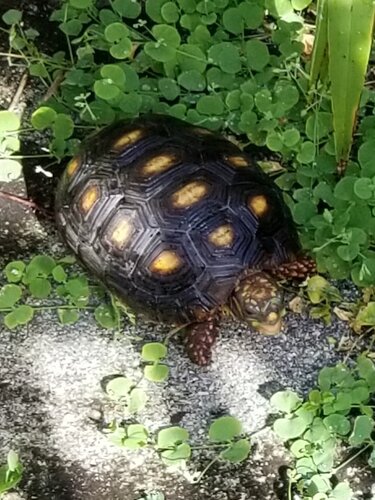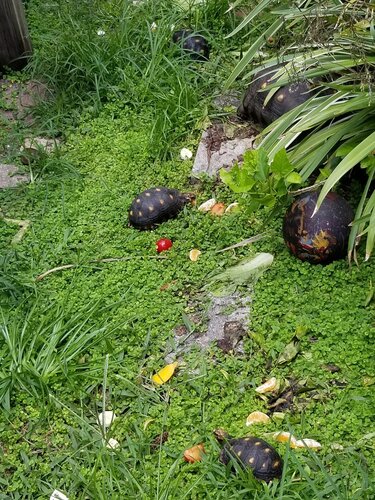ZEROPILOT
Avid Member
I have 3 Veiled Chameleons in 3 REPTIBREEZE XXL screen cages.
Each has a single misting nozzle attached to my MISTKING that sprays for 3 minutes every 3 or 4 hours of daylight. 1 minute every 4 hours at night more or less.
I also have a LITTLE DRIPPER on top of each cage that drips for almost 3 hours each morning.
The question is:
- Is that too much water?
- Can I just use the drippers every OTHER day and leave my MISTKING settings alone?
-Should I use the drippers more and the MISTKING less?
I'm still trying to dial in my enclosures and the humidity is very high. My wife has started to complain about the "musty" humid, plant smell.
The smell I've posted about on another thread......
I think that the maybe I can back off of some of the watering?
Each has a single misting nozzle attached to my MISTKING that sprays for 3 minutes every 3 or 4 hours of daylight. 1 minute every 4 hours at night more or less.
I also have a LITTLE DRIPPER on top of each cage that drips for almost 3 hours each morning.
The question is:
- Is that too much water?
- Can I just use the drippers every OTHER day and leave my MISTKING settings alone?
-Should I use the drippers more and the MISTKING less?
I'm still trying to dial in my enclosures and the humidity is very high. My wife has started to complain about the "musty" humid, plant smell.
The smell I've posted about on another thread......
I think that the maybe I can back off of some of the watering?









